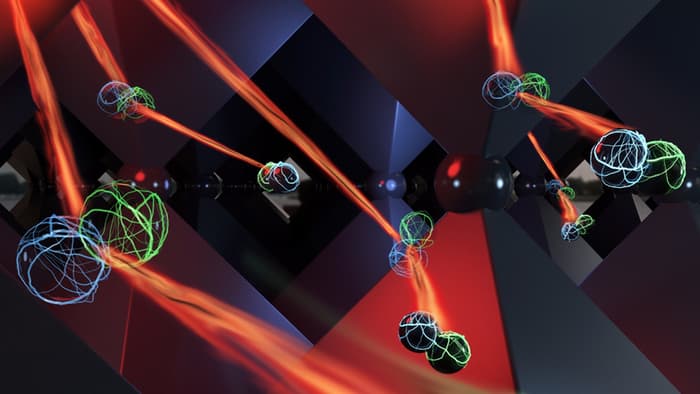
The synthetic materials the researchers worked with are called hybrid lead halide perovskites, and they've already been in use as solar cells for some time. But they have a unique property that hasn't yet been exploited. It seems that after the material is struck by light, the light is turned into electrical energy, as with all solar cells. But with perovskite, after the electricity has been generated, part of that electrical charge reforms itself back into photons, or light. If solar cells could be developed that can grab and reuse these photons, they'd be able to pump out much more power from the same amount of light used by current cells.
"It's a massive demonstration of the quality of this material and opens the door to maximising the efficiency of solar cells," says Cambridge's Felix Deschler. "The fabrication methods that would be required to exploit this phenomenon are not complicated, and that should boost the efficiency of this technology significantly beyond what we have been able to achieve until now."
To verify that the lead halide perovskites do, in fact, use photon recycling, the researchers beamed a laser at a 500-nanometer-thick slice of the material. They then noticed that the light from this laser was re-emitted as a high-energy output elsewhere on the material.
"The high-energy component could not exist unless photons were being recycled," says lead author Luis Miguel Pazos Outón. He also pointed out that materials like silicon – commonly used in today's solar cells – don't have this ability to move energy through them and re-emit it as light.
Earlier this year, the US' National Renewable Energy Lab announced that a new record had been set for solar cells that were able to convert sunlight to electricity at the rate of 29.8 percent using a silicon-based cell. If the Cambridge research can be translated into a working solar cell, there's a good chance that record won't stand for long. Plus, with a recent advance that makes perovskite cells cheaper and more durable, silicon's days in the sun might soon be drawing to a close.

 Previous page
Previous page Back to top
Back to top







